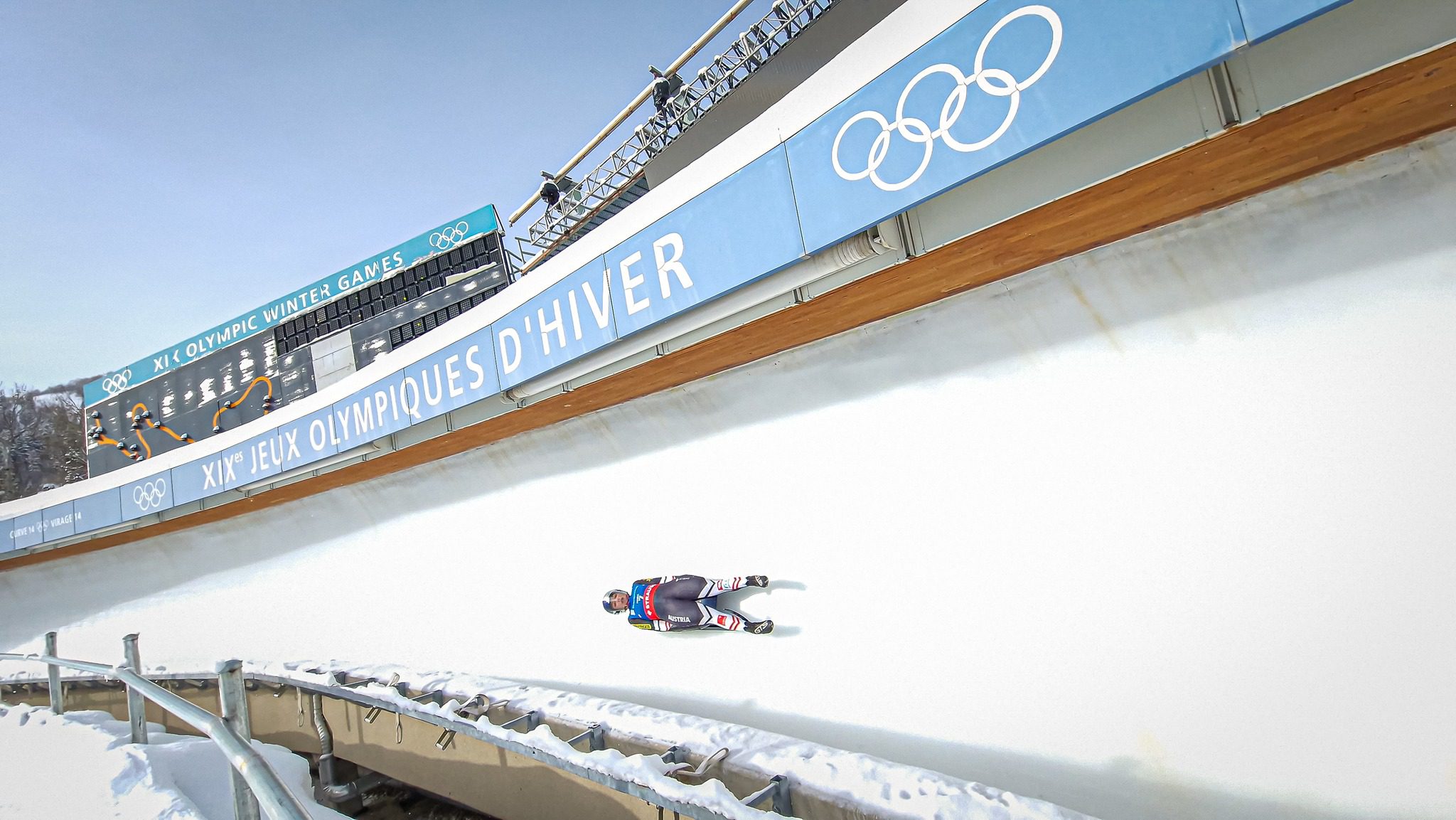Sports
Ice-making starts, thus track sliding season starts

Track Crew member Ryan Krusi spritzed the ice on Park City's sliding track for the first of many times this winter. Photo: Michele Roepke
PARK CITY, Utah — The Utah Olympic Park flipped the switch on Tuesday to begin making ice on its sliding track. Every October, ice-making signifies the start of athlete training and competition for the three sliding sports bobsled, skeleton, and luge.
For the next ten days, track crew members will share a 24-hour schedule of graveyard and daytime shifts until the ice is the perfect thickness to send sleds.
Rose Blonigen is the Facilities and Refrigeration Plant Manager responsible for all 20 buildings at the Utah Olympic Park. She’s worked at the UOP for 15 years. Getting her certifications in Refrigerant Process Safety Management and National Response with the Environmental Protection Agency (EPA) certainly couldn’t have prepared her to apply her skills and knowledge to Olympic sliding sports.
She said, “We pump the refrigeration from the refrigeration plant up through the track. It changes state from a liquid to a gas, boiling off, cooling the concrete, and coming back to the plant. We’re actually just dropping the temperature of the concrete, and the track crew is putting the water on to make the ice on top.”
The Refrigerator Plant Supervisor is Gail Day. The two women work with the track crew to monitor and adjust hundreds of temperature readings derived from the three closed-circuit weather stations located at the track. The track crew will wear waterproof clothes and boots every day from now until April, when they flip the switch to OFF, and the ice simply melts for the summer. They also wear crampons or creepers on their feet, the metal spikes providing traction. The hazmat-certified crew works closely with the Park City Fire District to ensure safety to steer all of the track policies and procedures.
Blonigen said, “It’s a big plant; we have four compressors. We can drop the temperature of the concrete pretty quickly, even on a 70-degree day. We are, now right now, running at negative 12 degrees celsius. Trying to keep it cool enough with keeping ahead of the sunshine. It’s a pretty simple procedure of pressure and temperature related, so we adjust the pressure within the pipes. For the compressors. They change the state of the refrigerant from a liquid it boils off to be one negative 28 degrees Fahrenheit because that’s the temp at which our refrigerant boils.”
Readings are mostly communicated in celsius since it’s a more globally accepted language for the international athletes, coaches, and officials.
Track crew constantly, manually pulls down and raises up an elaborate system of shades which serves to not only shield the 15-curve track from direct sunlight as the sun moves across the sky but to shield it from snowfall too.
“It’s also based on the sun on the air. This is a very unique facility as far as refrigeration goes for pretty much anywhere else except for another track because our evaporators are the track itself. We’re weather-dependent, and it’s a fine line between what the sun is doing to the track and what the humidity level is. We can drop the temperature of the track easily at the push of a button, but we don’t want frost to form,” said Blonigan.
The track crew utilizes tools as big as a custom European track vehicle and as small as hand-held trowels to scrape and shape the ice. No athlete wants to hit a bump going 75 miles per hour down the track.
Nighttime lights are now going to be illuminating the mountain for the majority of the season.
The first sleds of the year will likely be young luge athletes from the Youth Sports Alliance (YSA) after-school program. After that, the UOP is hosting both a Bobsled/Skeleton World Cup Dec. 1-3 as well as a Luge World Cup Dec. 16-17.
Reservations for the Public Passenger Bobsled Experience usually sell out and can be made online.



























